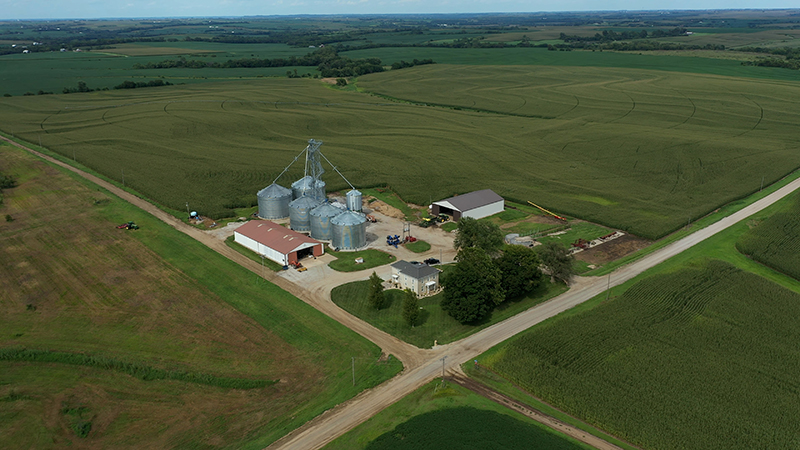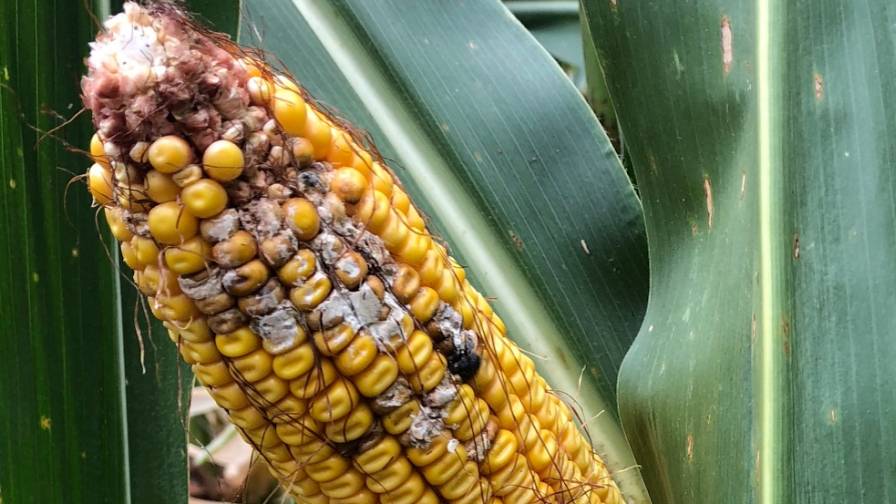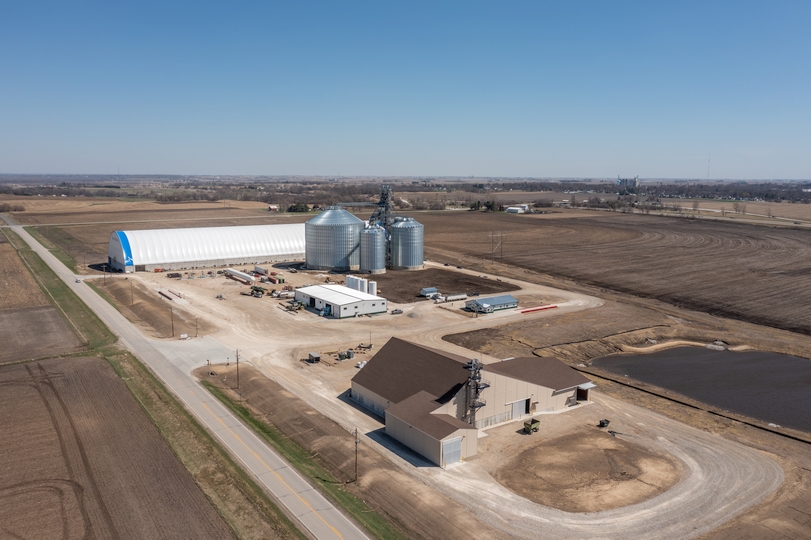Corn Changing Ag Landscape
Demand for biofuels, grain, and farm land is driving a revolution in American agriculture, a Purdue agricultural economist says.
Purdue’s Wallace Tyner says the demand for corn to use for ethanol production means growers are transferring more land from other land uses into corn production. Even larger corn crops will be raised for ethanol production until the federal goal of 15 billion gallons of ethanol by 2015 is reached, he says.
“This is going to be probably the most volatile year we’ve seen in quite some time,” Tyner says. “We’re going to see a continuation of high corn and soybean prices, biofuels are demanding a lot of the corn, and soybeans are grown in essentially the same ground. Since we’re using more corn for ethanol, that means there is less space available for soybeans to be planted.”
Greater demand for ethanol will increase the total ethanol production output from 7 billion gallons last year to 13 billion gallons by the end of this year, he says. The U.S. will possibly use one-third of its corn crop for ethanol this year. That’s up from 20 percent last year and 10 percent two years ago.
While the growing biofuel demand will likely not increase grain imports, Tyner says the nation will likely import ethanol from Brazil and Central America in the near future.
Cellulose holds greater potential for biofuels if federal policy supports cellulosic energy alternatives, he says. “Cellulose is something we know we can convert to fuels, but we also know we cannot convert it economically to fuels,” he says. “In order to have a successful transition from relying on two-thirds of our fuels from exports, we need technology that works and policy that works with it. With the right policy set, we can diversify our energy sources, move toward greater reliance on renewable energy, minimize impacts on food prices, and reduce oil imports.”






